When creating an inclusive and inviting learning environment for all students, individual needs should be considered. Not all students experience challenges with sensory processing, but they may all benefit from some of the following sensory tools. Consider the needs and potential benefits of sensory-based interventions for vestibular input in an individual child.
Tips for Choosing Sensory-Based Interventions for Vestibular Input
Numerous tools are designed to create a safe and comforting learning environment for students with special needs, so choosing the right tools may take some collaboration and feedback between the student and the educational support team.
Tips on Swings
Each student can perceive, process, and understand sensory input differently. This can sometimes make it challenging for children with heightened or decreased senses when dealing with visual, tactile, auditory, olfactory, vestibular, and proprioceptive responses.
Allowing opportunities for movement and feedback for these senses can assist with focus and give students the input they need. Linear rocking or swinging is calming to the sensory system and is an excellent sensory tool to help with self-regulation, while rotational swinging can be used for those needing additional sensory input.
Tips on Movement
Vestibular input is one of the core elements of effective sensory processing. The vestibular system informs us about movement, gravity, and changing head positions. It helps us prepare our posture, maintain our balance, properly use our vision, calm ourselves, and regulate our behavior.
Children need movement like swinging, jumping, spinning, and rocking to help their bodies organize and regulate their sensory systems. Children can be sensory seekers or avoiders, so finding the right balance of movement is essential.
More Special Needs Inspiration and Ideas
If you’re looking for more solutions and tools to help support your students or a child with special needs, be sure to stop by the Special Needs category page on the blog. Read more posts on how to make learning spaces more inclusive and supportive for students for all students. Also, visit our online store’s Special Needs page, which features hundreds of specially designed solutions and tools.

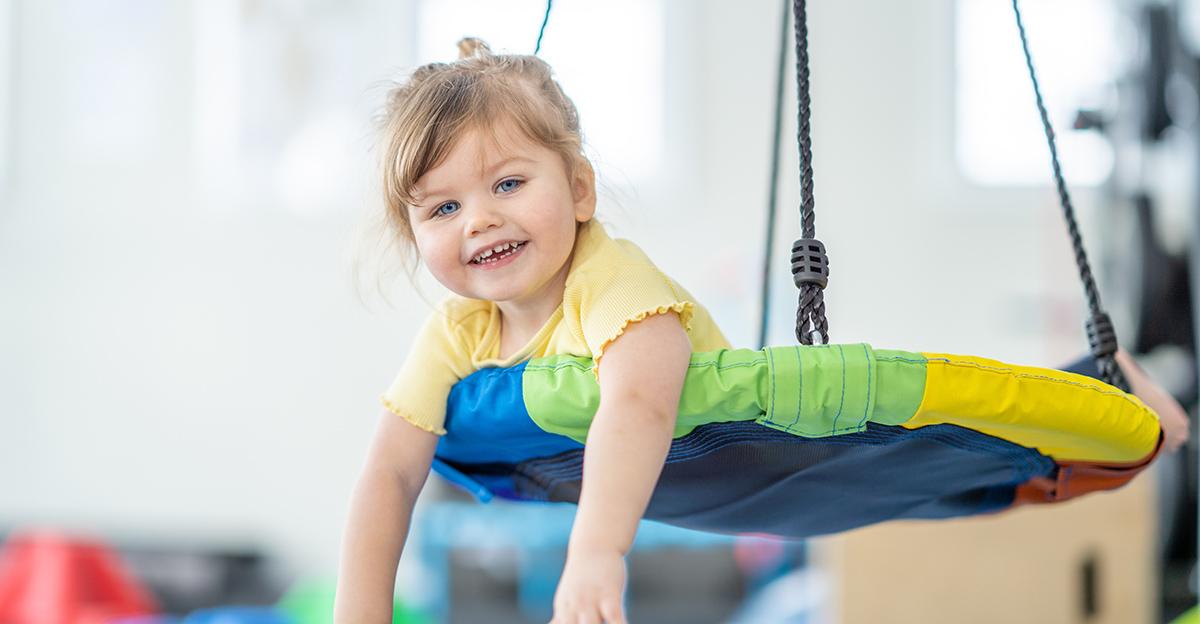
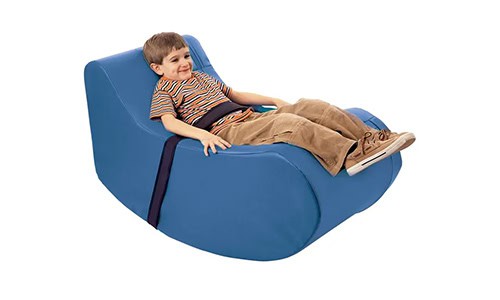
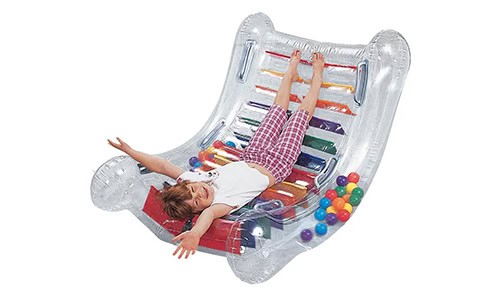
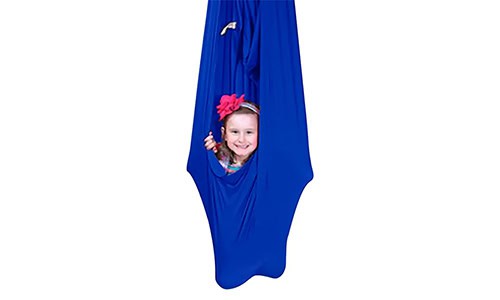


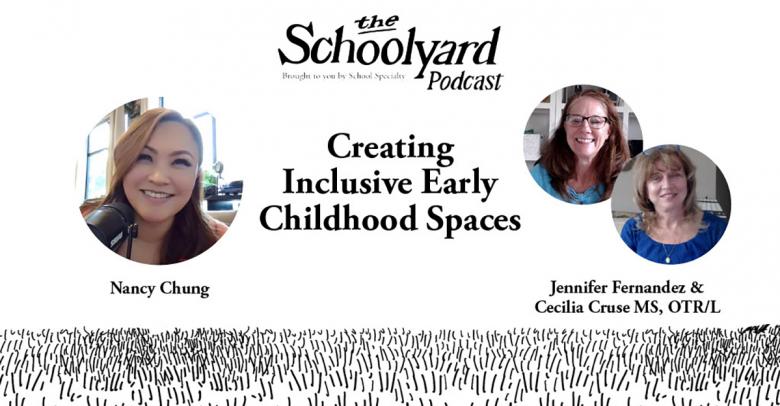

Leave a Reply